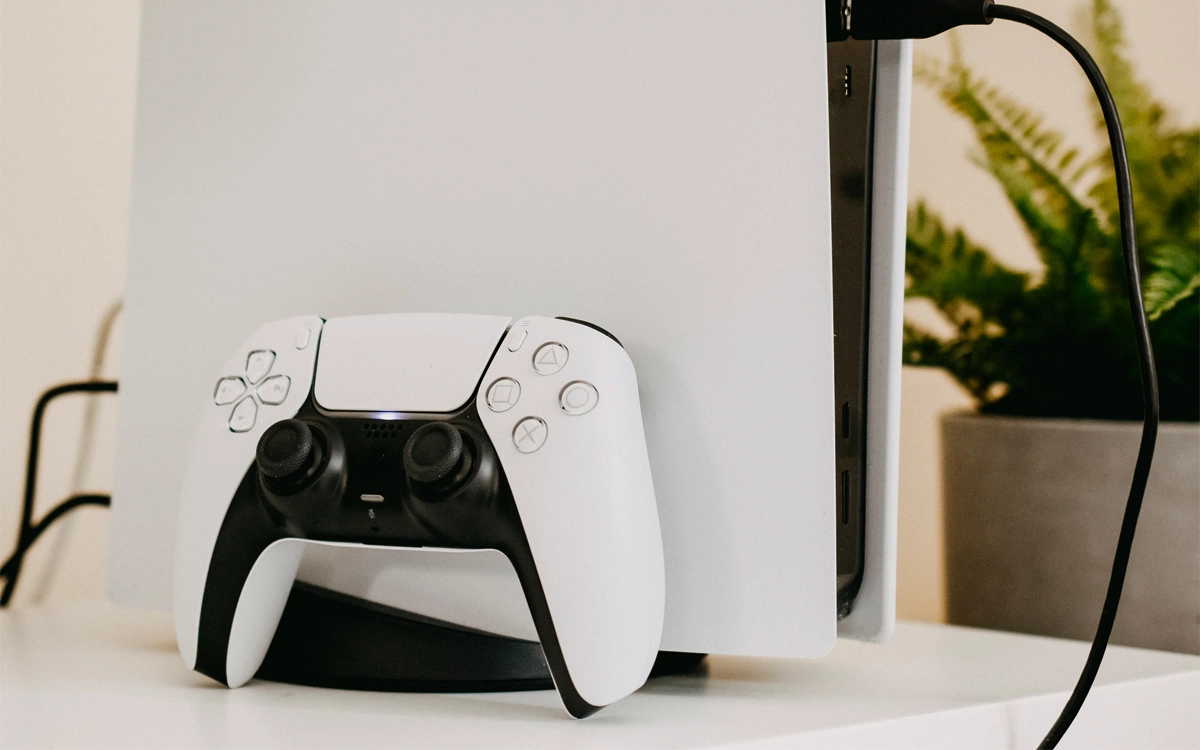
The presentation of the Google Pixel 7 and Pixel 7 Pro was confirmation that the Mountain View giant had once again opted for its “own” SoC, the tensioner G2, a chip about which we had already given you some information indicating that it was going to be a solution focused more on artificial intelligence than on raw power, and indeed it has been, since it is not up to the most powerful SoCs on the market. moment.
At the CPU level, Google Tensor G2 uses a configuration of three core blocks which are distributed as follows:
- Two high-performance cores based on the Cortex-X1 architecture running at 2.85 GHz.
- Two balanced cores based on the Cortex-A78 architecture at 2.35 GHz.
- Four low power cores based on the Cortex-A55 architecture at 1.8 GHz.
This configuration is far from what we can find in the Snapdragon 8+ Gen1 SoC, a chip that is manufactured in the 4nm node and that also has an eight-core CPU, but these are distributed as follows:
- A high performance core based on the Cortex-X2 architecture running at 3.19 GHz.
- Three balanced cores based on the Cortex-A710 architecture at 2.75 GHz.
- Four low power cores based on the Cortex-A510 architecture at 1.8 GHz.
The difference between both SoCs at the CPU level is clear, and places the Qualcomm chip as the most powerful option. The same could be said of its GPUs, since the latter mounts a powerful Adreno 730 that clearly surpasses the Mali-G710 MC10 of the Tensor G2.
But this is not all, the Snapdragon 8+ Gen1 is also a more advanced silicon, as it is manufactured on the 4nm node, while the Tensor G2 is fabricated at the 5nm node. I know that the first information assumed that Google had used the 4nm node but it is not, and the company itself has confirmed it to the Android Authority.
Google has not said who has been in charge of manufacturing the Tensor G2, but everything seems to indicate that this chip has been carried out by Samsung. The difference between the 5nm and 4nm node may seem insignificant, but in the end even a small process reduction can make a significant difference in terms of performance and efficiency.
As we anticipated, the new Google SoC is not a top-of-the-range silicon, nor is it the most powerful, but it is capable of offering good performance and has a state-of-the-art NPU (neural processing unit) to power advanced AI features.



